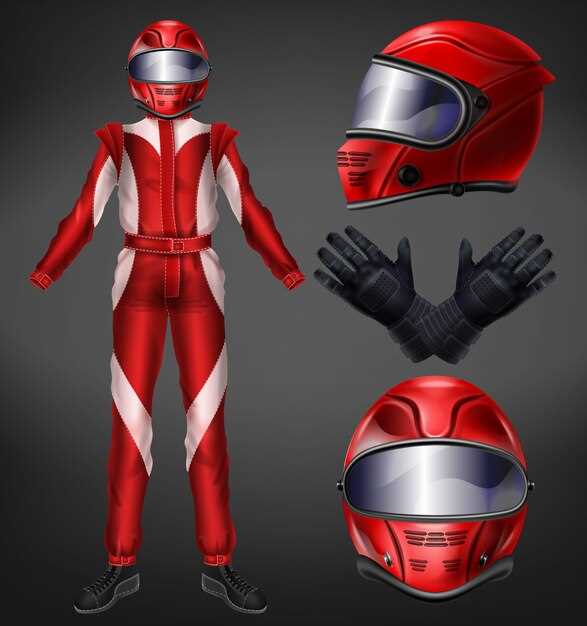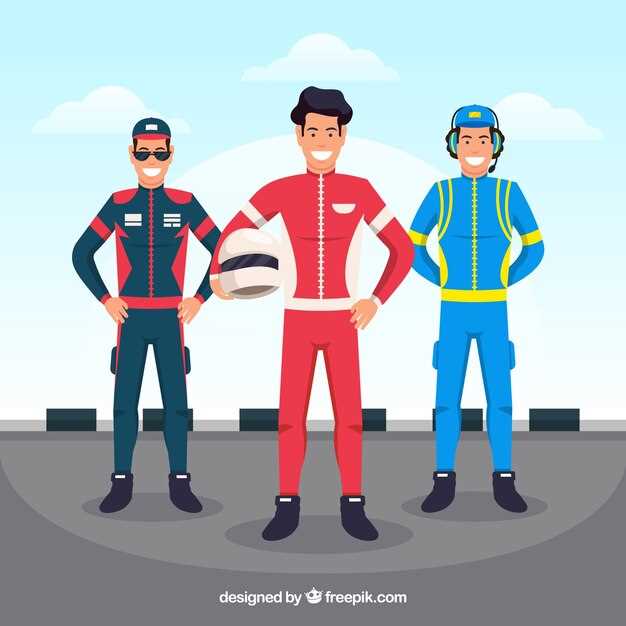
In the high-speed world of motorsports, the thrill of the race is only rivaled by the need for safety. Every driver knows that to perform at their best, they must equip themselves with the right safety gear. A well-designed racing suit is not just an accessory; it is an essential component that protects drivers from potential hazards on the track.
When it comes to racing, accidents can happen in the blink of an eye. The right race suit can mean the difference between a minor incident and a life-threatening situation. Constructed from fire-resistant materials, modern racing suits are engineered to provide maximum protection while ensuring comfort and flexibility. They serve as a critical barrier against flames, heat, and abrasion, allowing drivers to concentrate on their performance without the added worry of personal safety.
Furthermore, the importance of additional gear like helmets, gloves, and shoes cannot be understated. Each piece of equipment plays a vital role in ensuring that the driver’s safety is prioritized. As motorsports continue to evolve, so do the standards for safety gear, making it crucial for every driver to stay informed about the best practices and necessary equipment to help them navigate the challenges of racing securely.
Choosing the Right Helmet: Key Features to Consider
Selecting a helmet is a crucial aspect of racing safety gear. The right helmet not only protects the driver’s head but also enhances comfort and performance during races. One of the primary features to consider is the helmet’s certification. Look for helmets that meet recognized standards such as Snell or FIA, ensuring they provide adequate protection in the event of an accident.
Another important consideration is the helmet’s fit. A properly fitted helmet should feel snug without causing discomfort. It’s advisable to try on different sizes and shapes to find the optimal fit for your head. Additionally, consider the type of padding inside the helmet, as this can significantly affect comfort during long races.
Ventilation is another key feature. A well-ventilated helmet helps in maintaining a comfortable temperature and reducing fatigue, especially in high-stress environments. Investigate the airflow design to ensure adequate cooling during prolonged use.
Weight is also a factor to keep in mind. Lightweight helmets can reduce strain on the neck and help enhance driver maneuverability. However, ensure that lighter materials do not compromise safety features.
Lastly, consider the helmet’s compatibility with other safety gear, such as your suit and communication devices. It’s essential that the helmet integrates well with your other racing equipment to ensure maximum safety and effectiveness on the track.
Understanding Race Suit Materials for Maximum Protection

Race suits are essential for ensuring the safety of drivers during high-speed competitions. The materials used in these suits play a critical role in providing both protection and comfort under extreme conditions. The primary concern is typically fire resistance, as exposure to flames can occur in the event of an accident.
Most race suits are made from aromatic polyamide fibers, commonly known as Nomex. This material is highly fire-resistant and forms a protective barrier against heat, making it a popular choice among professional drivers. Nomex suits can withstand temperatures exceeding 700 degrees Fahrenheit without igniting, providing essential time to escape in the event of a fire.
Another vital material is Kevlar, which is often used in conjunction with Nomex to enhance the suit’s overall strength and durability. Kevlar is not only fire-resistant but also offers high tensile strength, which helps protect against abrasions and cuts. This makes it an excellent choice for drivers who might encounter sharp edges or debris on the track.
Additionally, many modern race suits incorporate carbon fibers. These fibers add an extra layer of protection while keeping the suit lightweight. The combination of carbon and aramid fibers results in a suit that does not compromise mobility, offering drivers flexibility during high-pressure situations. Lightweight materials allow for greater breathability, reducing heat buildup and improving overall comfort during long races.
It is crucial for drivers to choose a race suit that not only meets safety standards but also fits correctly. A well-fitted suit ensures that protective materials are positioned appropriately to maximize safety. Furthermore, additional features such as reinforced stitching and strategically placed padding can enhance protection without sacrificing mobility.
In conclusion, understanding the materials used in race suits is essential for maximizing protection on the track. By choosing high-quality fabrics like Nomex, Kevlar, and carbon fibers, drivers can ensure they are well-equipped to face the dangers of racing while maintaining comfort and agility.
Ensuring Proper Fit: How to Adjust Your Gear for Safety

Proper fitting of racing safety gear is crucial for maximizing protection on the track. A well-fitted helmet not only enhances comfort but also prevents injuries during impact. To ensure that your helmet fits correctly, start by measuring the circumference of your head using a soft measuring tape. Choose a helmet that matches this measurement, keeping in mind that it should sit snugly without excessive pressure or discomfort.
Once you have selected the appropriate size, adjust the internal padding and retention system. Most modern helmets come with adjustable liners that can provide a custom fit. Ensure that the helmet does not move when you shake your head. The chin strap should be fastened securely, allowing for just enough space to fit two fingers between the strap and your chin.
Next, focus on your racing suit. A properly fitting suit is essential for mobility and fire safety. It should be snug but not restrictive, allowing you to maneuver freely in the car. When trying on a suit, pay attention to the length of sleeves and pants; they should cover your wrists and ankles completely, preventing exposure of skin.
Additionally, ensure that the suit offers enough room for base layers and other protective gear you may wear underneath. Adjust the cuffs and closures to prevent any loose fabric that could snag while driving. If your suit comes with a zippered front, check that it zips smoothly and does not catch on any material, which could hamper your ability to get in or out of the vehicle quickly in an emergency.
Regularly inspect and adjust your gear as needed, especially before race day. A correct fit not only enhances safety but also boosts overall confidence while competing.












